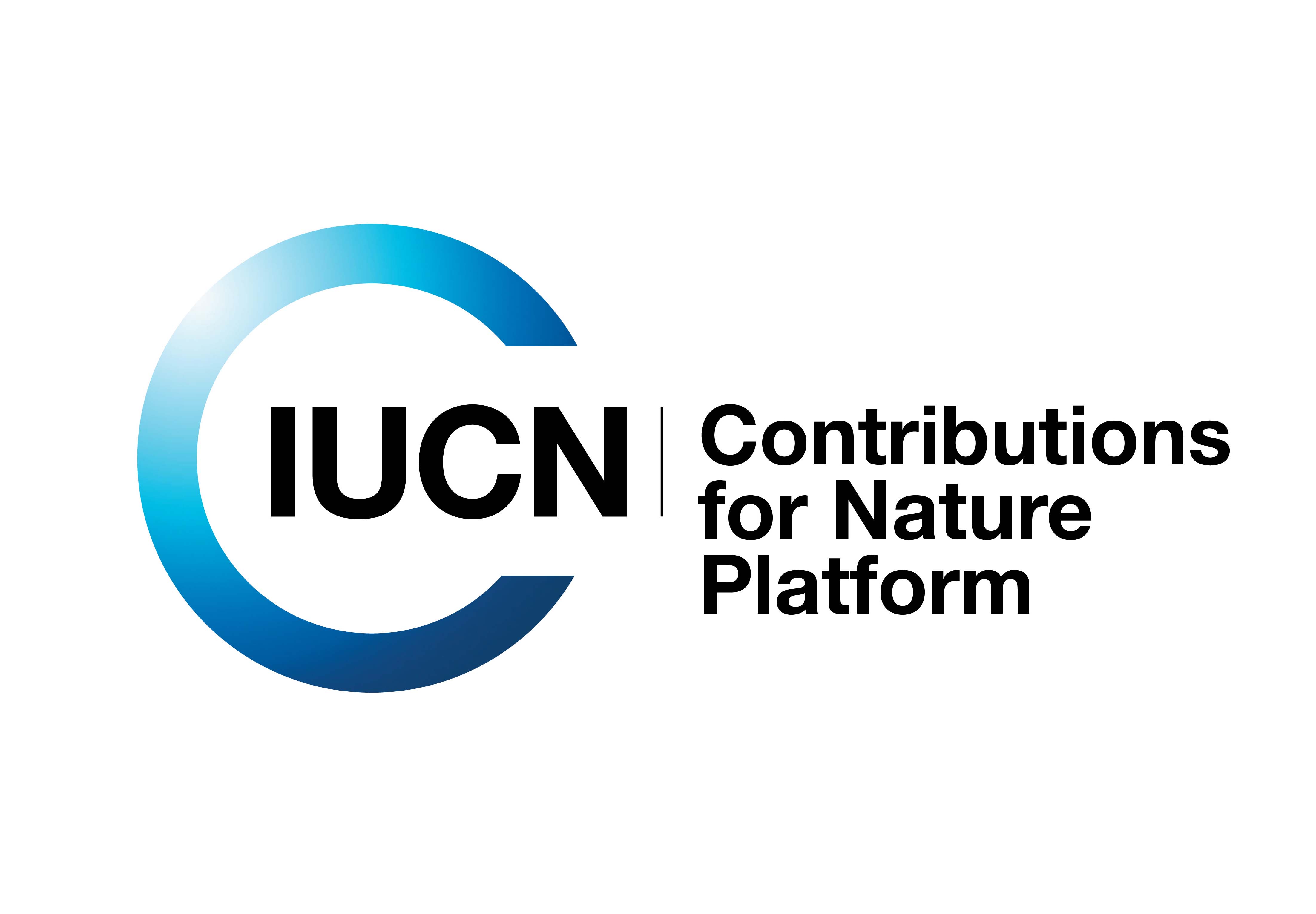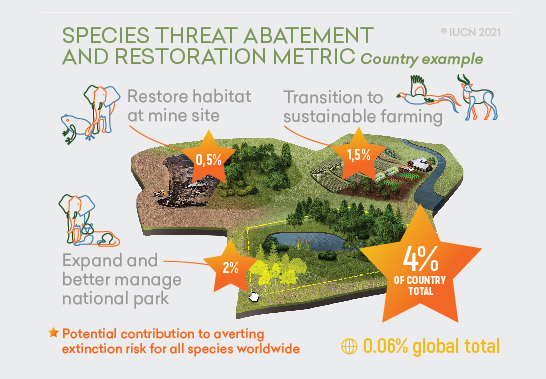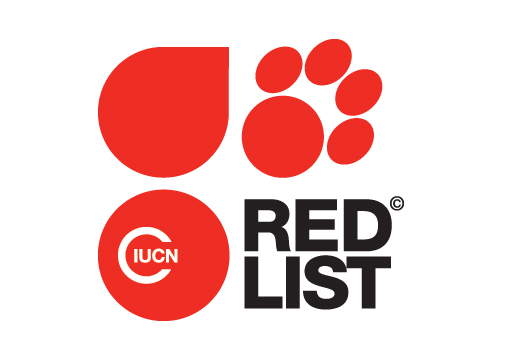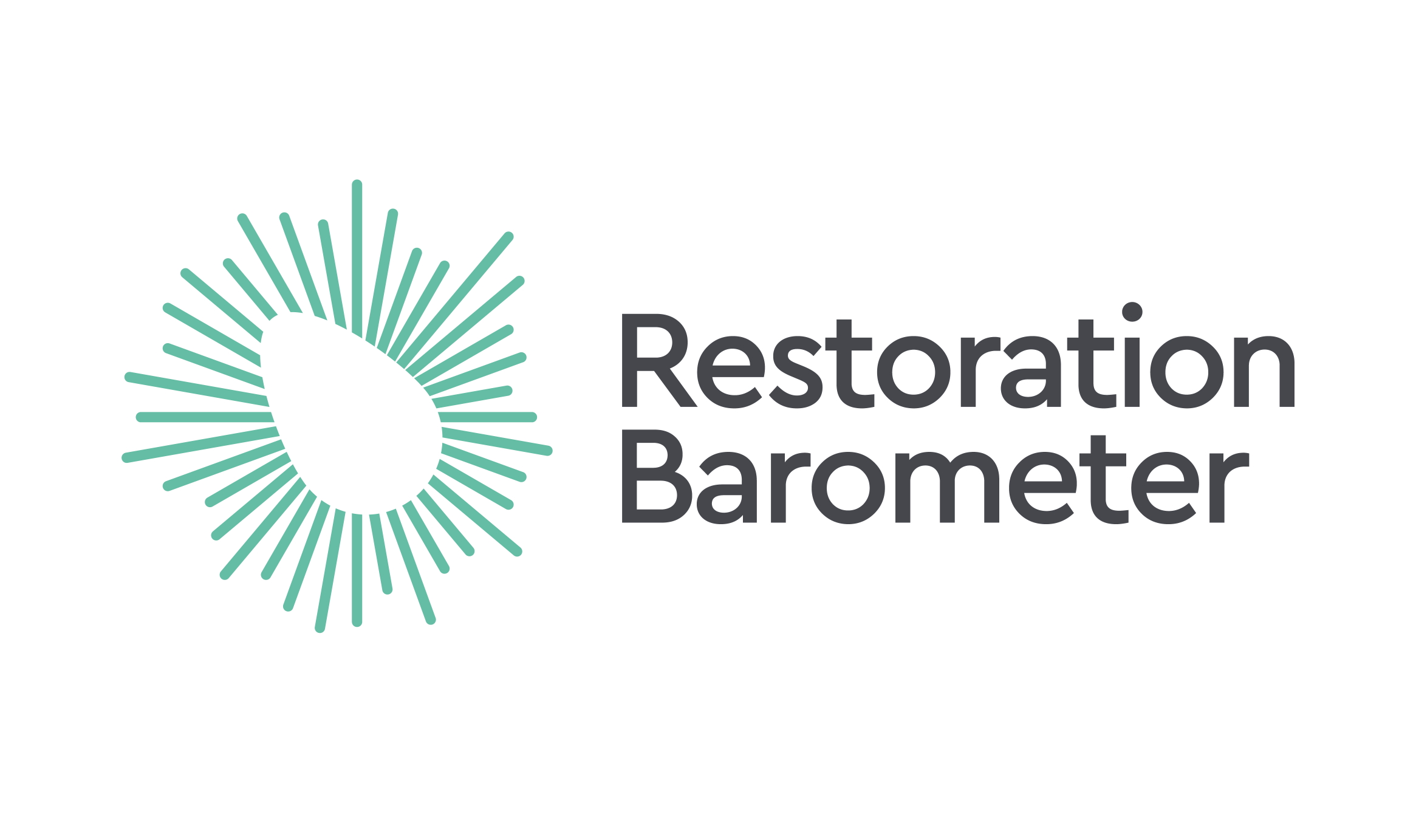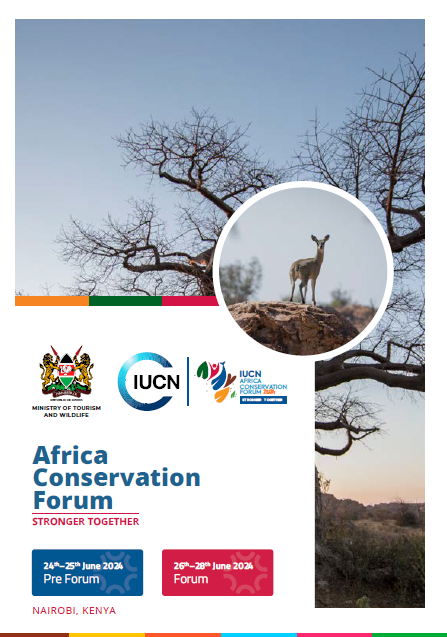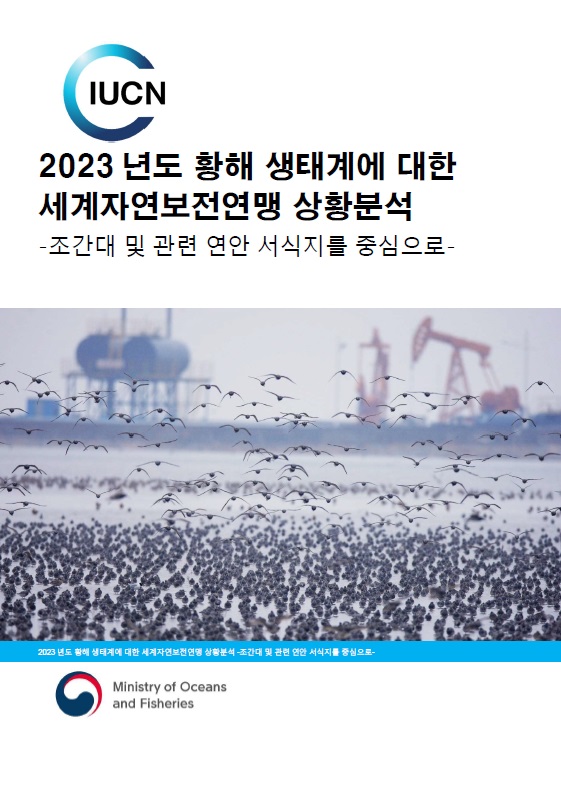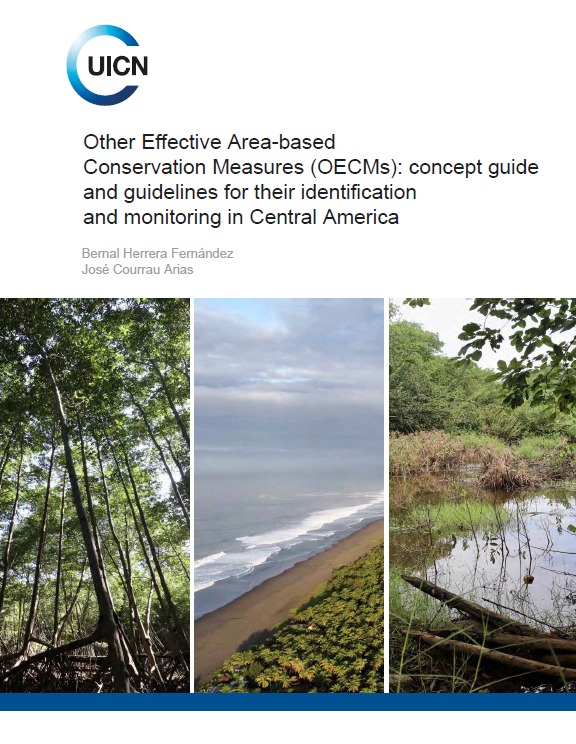Benefits of the Contributions for Nature Platform
The Contributions for Nature platform serves the key need for documenting contributions for nature from IUCN as a Union. It documents potential contributions in a quantitative way, complementary to, and interacting with other platforms which allow documentation of qualitative pledges. Benefits include:
- IUCN Members and other institutions can document their potential contributions towards global targets for nature in a given place.
- Networking and establishment of partnerships.
- Results can support planning, reporting, communications, and resource mobilisation within organisations and further afield.
- Action planning to fill gaps at national or regional level.
- Establishment of a basis for monitoring of delivery of actual contributions by 2030 and beyond
- Implementation of the IUCN “One Programme” to document overall potential contributions towards global targets.
